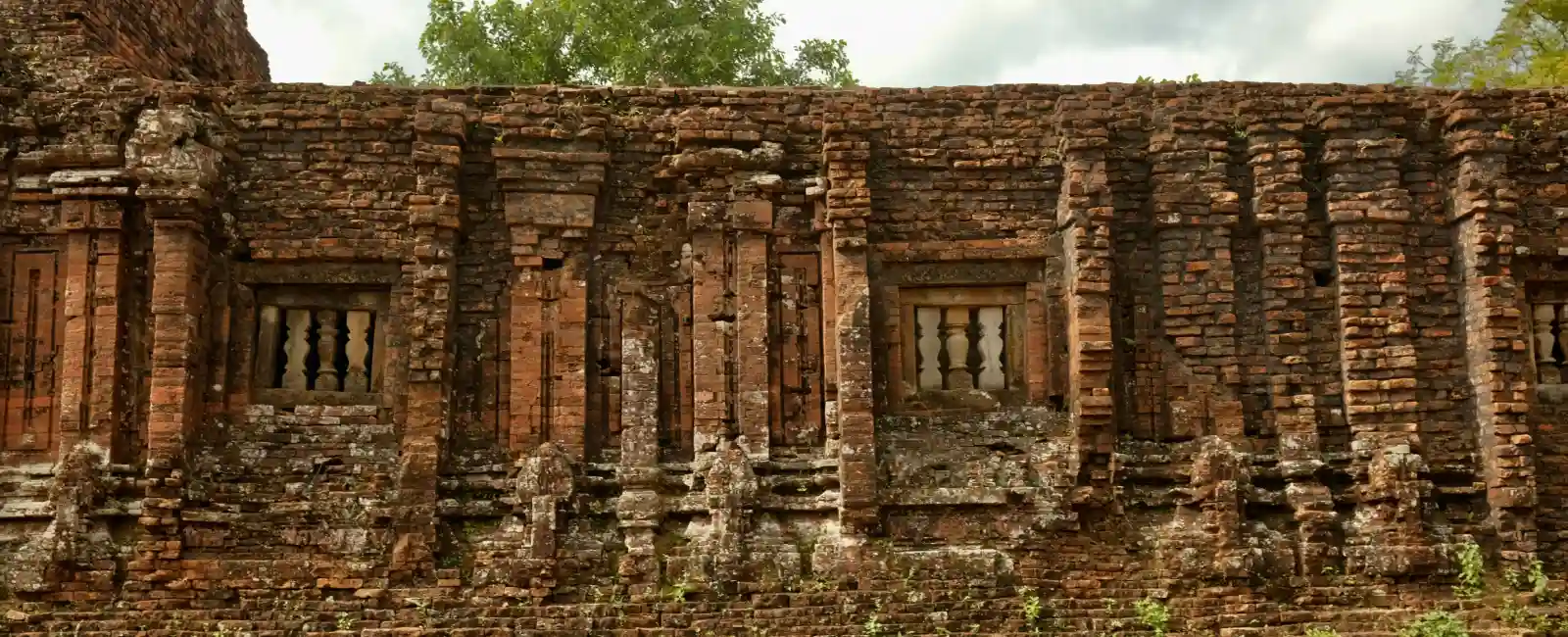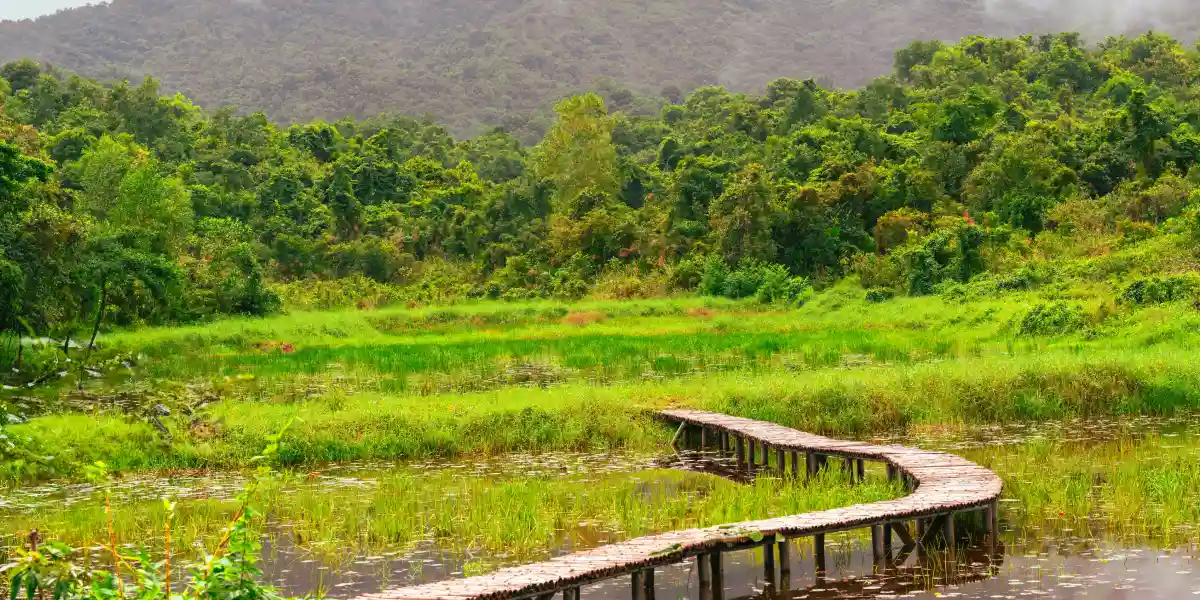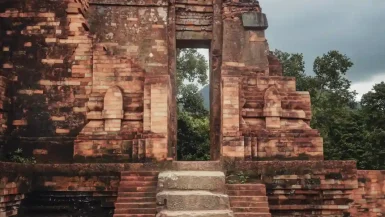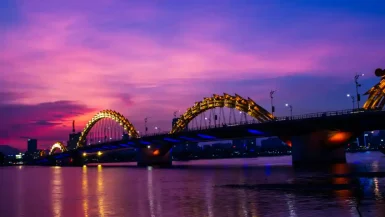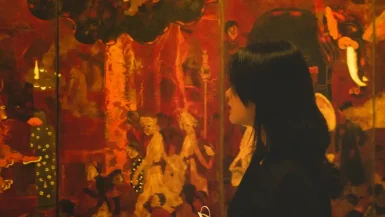Introduction to My Son Sanctuary
My Son Sanctuary stands as a testament to Vietnam’s rich cultural heritage. Nestled amidst lush greenery, this UNESCO World Heritage Site boasts a history dating back to the 4th century. Once the spiritual center of the Champa Kingdom, My Son Sanctuary now attracts historians, archaeologists, and tourists alike. Its impressive collection of ancient Hindu temples reveals much about the Champa civilization and their Indian influences.
Historical Significance
The Champa Kingdom reigned over Central and Southern Vietnam from the 2nd to the 17th century. My Son Sanctuary served as its religious epicenter. Champa kings built the temples to honor Hindu gods, particularly Shiva, known as the destroyer and transformer in Hindu mythology. Over the centuries, these temples became a site for royal ceremonies and burials.
The Cham people meticulously crafted these structures, blending indigenous and Indian art and architecture. They incorporated local materials and traditional techniques, showcasing their exceptional skill and creativity. Each temple reflected the socio-political and religious significance of its time, often marked by inscriptions in Sanskrit and Old Cham. These inscriptions reveal much about the history, culture, and beliefs of the Champa civilization. My Son Sanctuary also functioned as a center for learning and spiritual practice, attracting scholars and priests. The temples served as repositories of sacred texts and religious artifacts. Their construction spanned several centuries, resulting in a diverse array of architectural styles and influences.
Architectural Marvels
My Son Sanctuary showcases a unique architectural style known as Cham architecture. Builders used red bricks without mortar, showcasing incredible craftsmanship. The temples feature intricate carvings of Hindu deities, mythical creatures, and floral patterns. A distinctive feature is the use of sandstone bas-reliefs, which depict scenes from Hindu mythology.
Despite the ravages of time and war, these temples still stand, offering a glimpse into the past. The precise technique used to create the bricks and their adhesive properties remains a mystery, adding an element of intrigue to the site. The structures demonstrate advanced engineering skills, with impressive stability and durability. Researchers and architects marvel at the ancient methods, often attempting to replicate them in modern studies. The use of symbolism in the carvings reflects the religious and cultural values of the Champa civilization. The alignment and orientation of the temples suggest astronomical and astrological knowledge. Each detail contributes to the overall spiritual and aesthetic experience, making My Son Sanctuary a masterpiece of ancient architecture.
Key Temples and Structures
The sanctuary houses over 70 temples and structures, divided into different groups. Group B, C, and D form the core area, featuring the most well-preserved temples. The main temple, or Kalan, stands as the centerpiece. It housed the linga or symbol of Shiva. The Mandapa, an antechamber or assembly hall, lies adjacent to the Kalan. Other notable structures include the Gopura (gateway tower) and the Kosagrha (fire-house), used for storing valuable objects and sacred texts.
Group A, although heavily damaged, contains remnants of several important structures. These ruins offer a glimpse into the architectural advancements of the Champa civilization. Group G features some of the oldest temples in the sanctuary, showcasing the evolution of Cham architecture over centuries. The intricate carvings and bas-reliefs on these temples depict scenes from Hindu epics like the Ramayana and Mahabharata. Visitors can also find remnants of ancient inscriptions, providing valuable historical context. The layout and design of these temples reflect the deep spiritual significance they held for the Champa people.
The Temples’ Rediscovery
French archaeologists rediscovered My Son Sanctuary in the late 19th century. The École Française d’Extrême-Orient (EFEO) began restoration work in the early 20th century. They cataloged the temples and structures, documenting their historical and cultural significance. Their efforts preserved these ancient ruins for future generations to appreciate. However, the sanctuary faced destruction during the Vietnam War, when American bombings damaged many structures. This wartime devastation left several temples in ruins, creating a challenging restoration process. Efforts to repair and restore the site continue today, involving both local and international experts. These restoration projects focus on maintaining the authenticity of the original structures.
Many of the recovered artifacts are now housed in museums, providing valuable insights into the Champa civilization. The collaboration between Vietnamese authorities and international organizations has been crucial in these restoration efforts. The ongoing preservation work ensures that My Son Sanctuary remains a testament to Vietnam’s rich cultural heritage.
Restoration Efforts
Restoration of My Son Sanctuary remains a continuous effort. UNESCO and various international organizations have provided funding and expertise. Restoration teams strive to use original materials and techniques, ensuring authenticity. They face challenges, including environmental factors and the delicate nature of ancient brickwork. Despite these hurdles, they have restored several temples, allowing visitors to experience their former glory. Local communities play a crucial role in these efforts, offering knowledge passed down through generations.
Modern technology, such as 3D scanning, assists in accurately reconstructing damaged sections. International collaborations bring diverse skills and perspectives to the restoration process. Preservationists must also combat the effects of vegetation and water erosion. Regular maintenance ensures that restored structures remain stable over time. Education and awareness campaigns help visitors understand the importance of preservation. These combined efforts safeguard My Son Sanctuary’s legacy for future generations.
Visiting My Son Sanctuary
Visitors to My Son Sanctuary can explore the site on foot. Well-maintained paths lead through the jungle, connecting the temple groups. Guided tours offer in-depth insights into the history and architecture of the sanctuary. The best time to visit is early morning or late afternoon, avoiding the midday heat. Remember to bring water, wear comfortable shoes, and respect the site by not touching or climbing on the structures. Comfortable clothing is also recommended due to the humid climate. Photographers will find the soft light during these times ideal for capturing the beauty of the ruins. Visitors should also watch out for the wildlife, including birds and insects, which add to the sanctuary’s natural charm. The sanctuary provides a map at the entrance, making it easier to navigate the various temple groups.
Local guides often share fascinating stories about the Champa kings and their rituals. Rest areas along the paths allow visitors to take breaks and enjoy the serene surroundings. Visitors can also find informational plaques that provide context about each temple’s significance. The tranquility of the sanctuary makes it a perfect place for reflection and meditation.
Cultural and Spiritual Experience
My Son Sanctuary provides a profound cultural and spiritual experience. The serene environment, with its lush greenery and ancient ruins, invokes a sense of reverence. Visitors often feel a deep connection to history and spirituality as they wander through the site. The temples, once alive with religious ceremonies, still emanate a sacred aura. This connection to the past makes My Son a must-visit for anyone interested in history and spirituality.
Nearby Attractions
While visiting My Son Sanctuary, consider exploring nearby attractions. The ancient town of Hoi An lies just 40 kilometers away. Known for its well-preserved architecture and vibrant culture, Hoi An offers a delightful contrast to the ancient ruins. The Marble Mountains, located between Hoi An and Da Nang, feature stunning limestone peaks and caves. For nature lovers, the Bach Ma National Park offers hiking trails and waterfalls.
The charming riverside town of Hoi An boasts beautiful lantern-lit streets and ancient houses. It’s also famous for its tailor shops, where visitors can get custom-made clothing. Hoi An’s night market is a vibrant place to explore local crafts and delicious street food. The town’s old quarter, a UNESCO World Heritage Site, showcases a blend of Vietnamese, Chinese, and French architecture. Visitors can take a boat ride along the Thu Bon River for a different perspective of the town.
The Marble Mountains, with their numerous caves and grottoes, are perfect for those seeking adventure and spirituality. Each mountain represents one of the five elements: metal, wood, water, fire, and earth. Inside the caves, visitors will find Buddhist shrines and statues. The panoramic views from the top are breathtaking, offering a view of the coastline and surrounding countryside.
Bach Ma National Park, located slightly further afield, is a haven for wildlife enthusiasts. The park is home to a variety of flora and fauna, including rare species. Waterfalls such as the Do Quyen Waterfall provide a refreshing break and stunning photo opportunities. Visitors can also explore the old French hill station within the park.
Local Culture and Traditions
The Cham people, descendants of the Champa civilization, still inhabit parts of Central Vietnam. They maintain their unique culture and traditions, including traditional music, dance, and crafts. Visiting My Son Sanctuary provides an opportunity to learn about and appreciate Cham culture. Local artisans often sell handcrafted souvenirs, such as textiles and pottery, reflecting their rich heritage. The Cham language, an Austronesian language, remains in use, preserving their linguistic heritage. Cham festivals, such as the Kate Festival, showcase vibrant rituals and communal gatherings. Traditional Cham attire, often adorned with intricate patterns, reflects their artistic heritage.
Cham cuisine, featuring dishes like banh xeo (crispy pancakes) and cari ga (chicken curry), offers a culinary exploration. The architecture, seen in their unique stilt houses, illustrates their adaptation to the environment. Cham folklore, passed down through generations, enriches their oral tradition. The religious practices, blending Hinduism and Islam, highlight their diverse spiritual landscape. Engaging with the Cham community adds a deeper, more personal dimension to the visit.
Practical Information
My Son Sanctuary is open daily from 6:30 AM to 5:00 PM. Entrance fees vary, with discounts for students and children. Visitors can hire a guide at the entrance or join a tour from nearby cities. Several transportation options exist, including buses, taxis, and motorbikes. Plan your visit to include ample time to explore the site and enjoy the surrounding nature. The best time to visit is during the dry season, from February to April, to avoid heavy rains.
Consider starting your visit early to beat the crowds and enjoy a quieter experience. Pack a hat and sunscreen, as there is minimal shade in some areas. Local vendors outside the sanctuary sell refreshments and souvenirs, adding to the convenience. If you’re a photography enthusiast, the early morning light provides excellent conditions for capturing the temples. Accessible facilities ensure that visitors with mobility issues can also appreciate the sanctuary. Nearby, you can find several restaurants offering local Vietnamese cuisine, perfect for a meal after your visit.
Sustainable Tourism
Sustainable tourism plays a crucial role in preserving My Son Sanctuary. Visitors should follow guidelines to minimize their impact on the site. These include staying on designated paths, not touching the structures, and disposing of trash properly. Supporting local businesses and artisans also contributes to the area’s economy and cultural preservation. By practicing responsible tourism, visitors help ensure My Son Sanctuary remains a valuable heritage site for future generations. Furthermore, respecting local customs and traditions enhances the visitor experience while fostering cultural appreciation. Visitors should also consider using eco-friendly transportation options to reduce their carbon footprint.
Limiting the use of single-use plastics and opting for reusable items can significantly reduce waste. Participating in educational programs or workshops about the sanctuary’s history can deepen understanding and appreciation. Engaging with conservation initiatives, such as tree planting or clean-up drives, can make a positive impact. Staying informed about conservation efforts and supporting organizations dedicated to the sanctuary’s preservation is also beneficial. Lastly, spreading awareness about sustainable practices encourages others to follow suit, ensuring the long-term preservation of My Son Sanctuary.
Conclusion
My Son Sanctuary stands as a remarkable relic of Vietnam’s ancient past. Its temples, steeped in history and spirituality, offer a unique window into the Champa civilization. From the intricate carvings to the serene natural surroundings, every aspect of My Son Sanctuary captivates the imagination. A visit here promises not only a journey through time but also a deep connection to the cultural and spiritual legacy of Vietnam.
The detailed bas-reliefs narrate stories from Hindu epics, bringing ancient myths to life. Each stone and sculpture at My Son tells a story, a piece of the puzzle of Vietnam’s rich history. The sanctuary’s remote location adds to its mystique, nestled in a valley surrounded by mountains. This natural setting enhances the site’s spiritual ambiance, making every visit a meditative experience.
Walking through the ruins, visitors can almost hear the echoes of ancient chants and rituals. The juxtaposition of the red brick temples against the green foliage creates a picturesque scene. Photographers and artists find endless inspiration in the play of light and shadow on the ancient structures. Scholars and history enthusiasts can spend hours deciphering the inscriptions and symbols adorning the temples.
Local festivals and events sometimes take place at My Son, adding a vibrant touch to its historical aura. The site also serves as a research center for archaeologists and historians studying Southeast Asian cultures. Preservation efforts ensure that future generations will continue to explore and appreciate this historical treasure. My Son Sanctuary remains a testament to the ingenuity and devotion of the Champa civilization.
